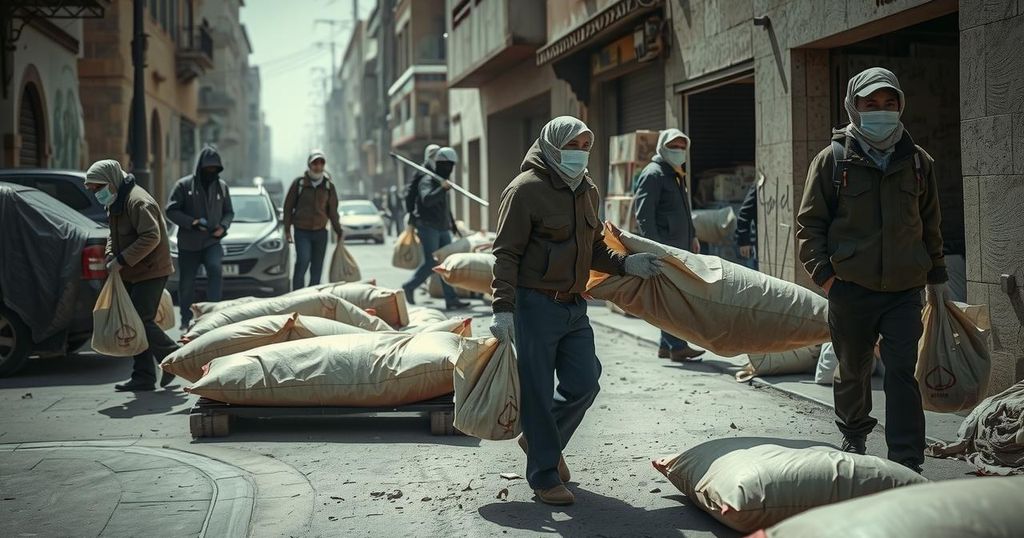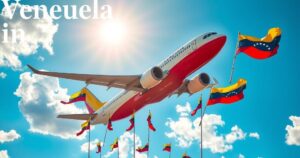Trump Misuses Congo Footage to Discuss South African Violence Claims

U.S. President Trump erroneously showcased an image from Congo as proof of violence against white farmers in South Africa. This footage, shown during a meeting with South African President Ramaphosa, depicts humanitarian efforts amidst conflict in Goma, contradicting Trump’s claims of a genocide in South Africa. The use of the image misleads public understanding of the racial tensions currently present in both nations.
In a controversial moment during a meeting with South African President Cyril Ramaphosa, U.S. President Donald Trump displayed footage he mistakenly attributed to depict white farmers in South Africa tragically killed. Instead, the video was sourced from Reuters footage taken in the Democratic Republic of Congo, specifically showing humanitarian workers with body bags in the city of Goma. The video, which aired on February 3, was related to violent clashes with the M23 rebel group.
Trump’s assertions came as he held up a print-out of an article, mischaracterizing the content, during an Oval Office meeting that had already been tense. He proclaimed, “These are all white farmers that are being buried,” implying that the images indicated systemic violence against white South Africans. This misinformation has circulated in certain far-right circles for years, claiming a genocide is occurring against this group.
The article Trump referenced came from the American Thinker, which discussed racial tensions in South Africa and Congo. Notably, the image used in the blog post was misidentified and merely referred to as a “YouTube screen grab.” It linked back to a video by Reuters, yet failed to provide a proper caption, leading to misunderstandings.
Andrea Widburg, managing editor of American Thinker, acknowledged in a response to a Reuters inquiry that Trump had indeed misidentified the image. However, she defended the blog’s content, emphasizing the perceived pressures faced by white South Africans under Ramaphosa’s administration, which she labeled as “dysfunctional.”
The footage captured in Congo, credited to Reuters journalist Djaffar Al Katanty, highlighted the aftermath of an M23 attack, which led to mass burials. Al Katanty expressed his shock at seeing Trump wielding his footage in a misleading context. He stated, “In view of all the world, President Trump used my image to try to convince President Ramaphosa that in his country, white people are being killed.”
During their meeting, Trump played a video he claimed depicted evidence of genocide, interrupting the discussion that had focused on various issues troubling U.S.-South African relations including land laws and foreign policy. This meeting was poised as an opportunity for Ramaphosa to recalibrate relations with the U.S. amid ongoing derogatory remarks by Trump concerning race relations in South Africa.
Critics argue that such dramatizations foster division and misinformation. The larger conversation that has been ignited centers around the realities of racial tensions within South Africa and how narratives are constructed in political discourse, especially with the use of misleading imagery.
This encounter highlights a troubling overlap of misinformation and the political agenda surrounding racial issues. Trump’s incorrect use of Congolese footage as evidence of violence against white farmers in South Africa misrepresents facts and further complicates already tense U.S.-South African relations. Such mischaracterizations, especially given their potential to incite division, should prompt deeper reflection on the narratives being presented in political dialogues.
Original Source: www.newsbreak.com








